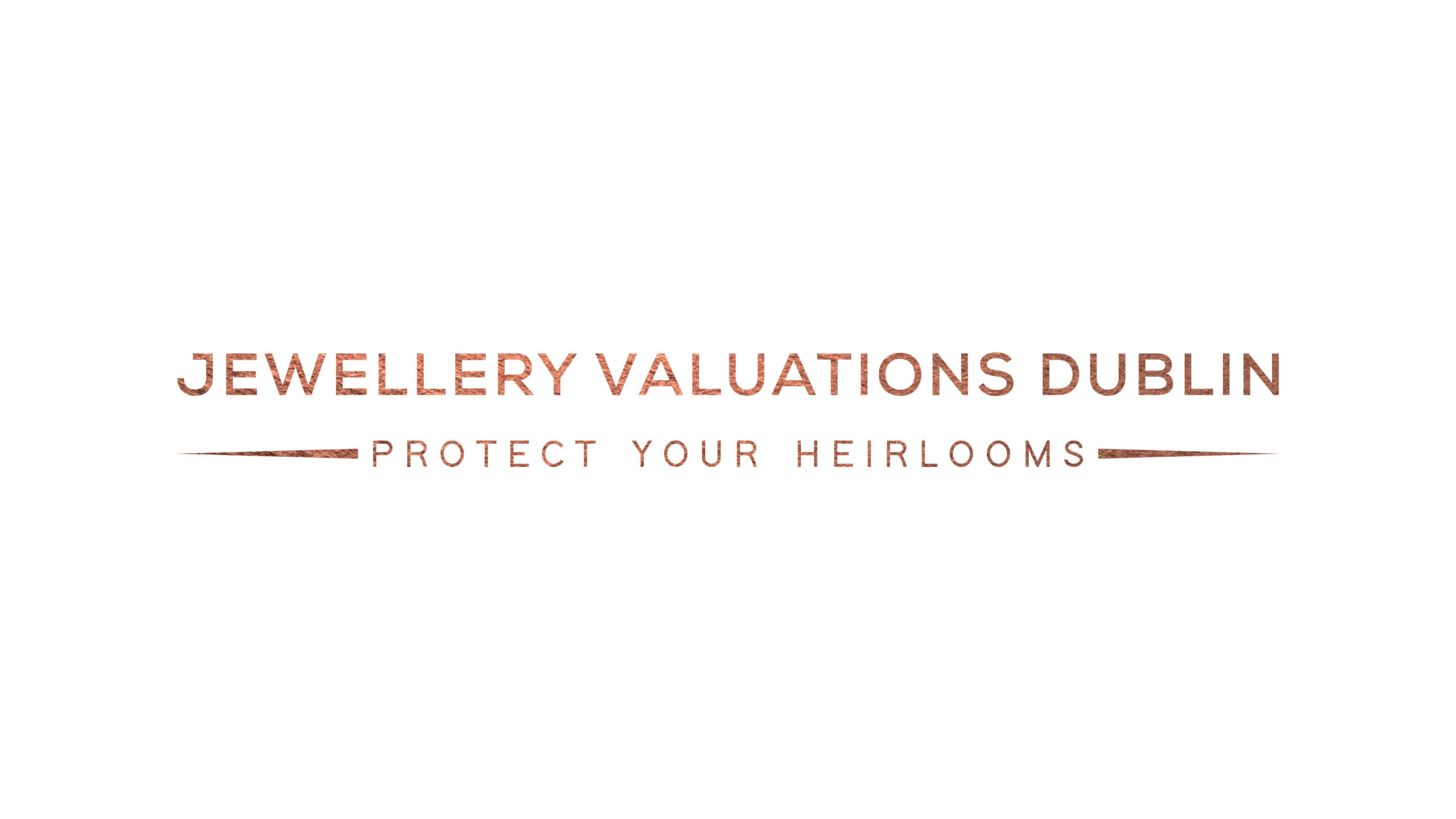When it comes to buying a diamond, it’s easy to get caught up in the excitement of it all and forget that the value of a diamond is determined by more than just its size. Sure, the larger the diamond, the more expensive it is likely to be, but a bigger diamond doesn’t always mean a better diamond. There are several other factors that come into play when determining the value of a diamond, and it’s important to understand them before making a purchase.
One of the most important factors is color. The most valuable diamonds are those that are colorless or close to colorless. When you’re looking at diamonds, you might notice that they’re graded on a scale from D to Z, with D being the most valuable (colorless) and Z being the least valuable (light yellow or brown). It’s important to note that a diamond doesn’t have to be completely colorless to be valuable, but the closer it is to colorless, the more valuable it will be.
Another key factor is clarity. Clarity refers to the presence of internal and external characteristics, known as inclusions and blemishes. The Gemological Institute of America (GIA) grades diamonds on a scale from Flawless to Included, with Flawless being the most valuable (no inclusions or blemishes visible under 10x magnification) and Included being the least valuable (inclusions and blemishes visible to the naked eye). It’s important to keep in mind that a diamond doesn’t have to be completely flawless to be valuable, but the fewer inclusions and blemishes it has, the more valuable it will be.
The cut of a diamond is also important when determining its value. A well-cut diamond will reflect light well and have a brilliant sparkle, while a poorly cut diamond will not reflect light as well and will appear dull. The GIA grades diamonds on a scale from Excellent to Poor, with Excellent being the most valuable and Poor being the least valuable. A well-cut diamond will be more valuable than a poorly cut one.
Rarity is another factor that can impact a diamond’s value. For example, a diamond that is a one-of-a-kind natural fancy color, such as pink, blue or red will be more valuable than a white diamond.
Finally, it’s important to consider certification when buying a diamond. Diamonds can be certified by various organizations such as GIA, AGS, HRD, EGL etc. Certification gives buyers confidence that the diamond is authentic and that the characteristics of the diamond are accurately described in the certificate.
In short, when buying a diamond, it’s important to keep in mind that the value of a diamond is determined by more than just its size. Consider the color, clarity, cut, rarity and certification of a diamond before making a purchase. With a better understanding of these factors, you’ll be more likely to find a diamond that you love and that is worth the investment.


Leave a Reply